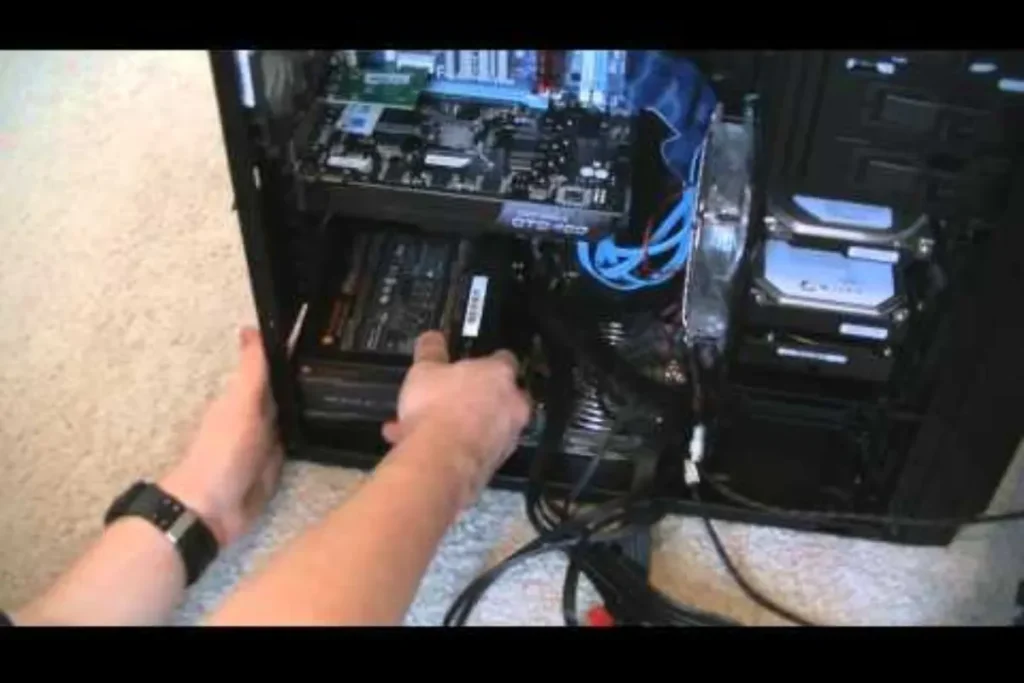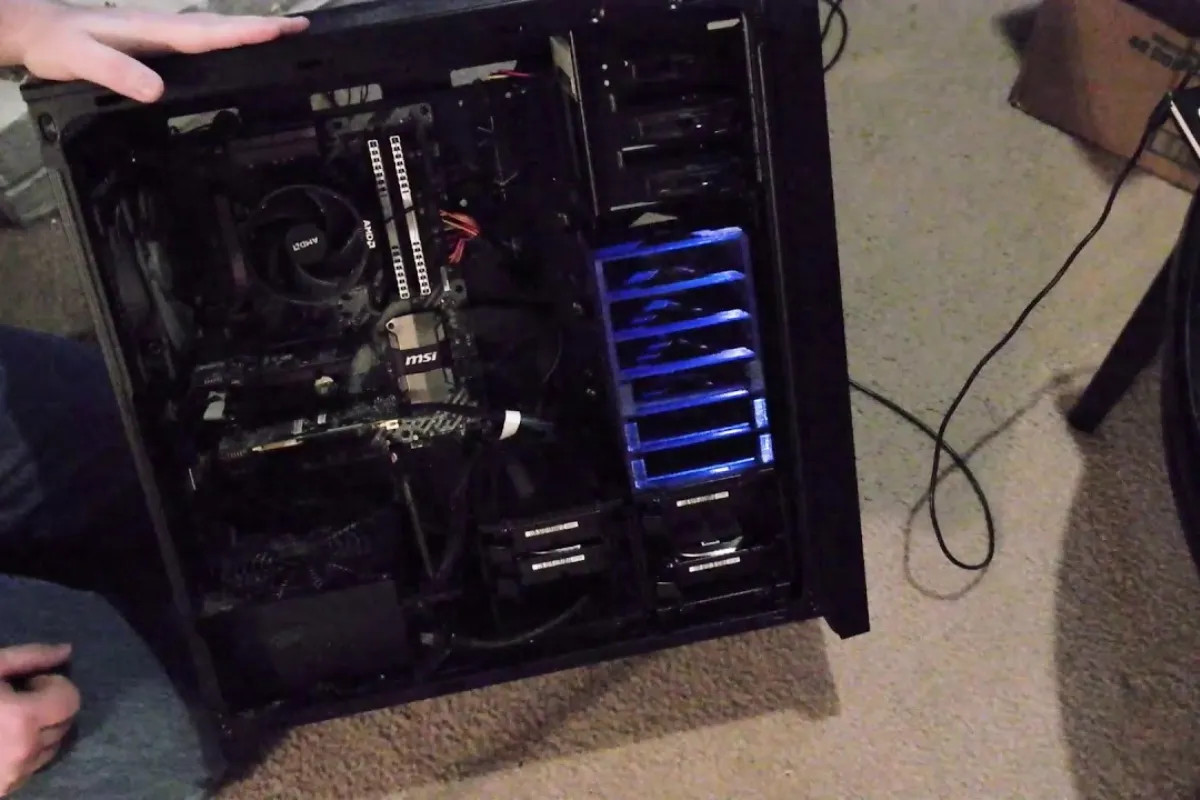How do you transport your desktop PC on an airplane?
Are you wondering how to safely transport your beloved desktop PC on an airplane? We’ve got you covered! Whether you’re a remote worker or a gaming enthusiast, flying with your desktop PC can be a nerve-wracking experience. But fear not! In this guide, we’ll walk you through the essential tips and tricks to ensure a stress-free journey for your tech companion.
Preparing Your Desktop PC for Transportation
Properly preparing your desktop PC for transportation is crucial to ensure its safety and minimize the risk of damage during transit. Follow these essential steps to safeguard your tech companion.
Emphasize the Significance of Proper Preparation
Before embarking on your journey, taking the time to prepare your desktop PC adequately will give you peace of mind. Proper preparation significantly reduces the chances of any mishaps during transportation.
Safely Disconnect and Organize Cables
Start by safely disconnecting all cables from your desktop PC. Gently unplug each cable, ensuring you remember their respective connections. To avoid tangling, consider using cable ties or ziplock bags to keep them organized. This step will make it easier to set up your PC at your destination.
Remove Removable Components
To further protect delicate components, it’s advisable to remove any removable parts, such as graphics cards and hard drives. These components can be sensitive to vibrations during transit. Safely store them in anti-static bags or their original packaging to prevent any potential damage.
Choosing the Right Travel Case or Packaging
When it comes to transporting your desktop PC on an airplane, investing in a sturdy and reliable travel case or packaging is of utmost importance. Let’s explore the options available and discover how to select the most suitable one.
Highlight the Importance of Investing in a Sturdy Case
To safeguard your desktop PC during air travel, it’s crucial to invest in a travel case or packaging that provides excellent protection. This investment will go a long way in preventing any potential damage that may occur during transit.
Discuss the Options Available
There are several options to consider when choosing the right travel case or packaging for your desktop PC. Hardshell cases, foam inserts, or specialized PC travel cases are all viable choices. Each option offers unique benefits, so it’s essential to assess your specific needs.
Provide Guidance on Selecting the Appropriate
When selecting a travel case, ensure that it is appropriately sized to accommodate your desktop PC and any additional components you may be carrying. It should fit snugly to prevent any movement. Additionally, proper cushioning is vital to absorb shocks and vibrations during travel. Look for cases with foam inserts or padding to provide optimal protection.
Packing and Securing the Desktop PC

Now that you have chosen the right travel case or packaging for your desktop PC, it’s time to pack and secure it properly. Follow these step-by-step instructions to ensure your PC stays safe during transit
Explain the Step-by-Step Process
Begin by wrapping your desktop PC in anti-static bubble wrap or foam inserts. This extra layer of protection will safeguard your PC from any potential bumps or shocks during transportation. Ensure that all sides of the PC are adequately covered, paying special attention to delicate components.
Recommend Using Anti-Static Bubble Wrap
Using anti-static materials, such as bubble wrap or foam inserts, is highly recommended to prevent any static electricity buildup that could damage sensitive electronic components. These materials provide cushioning and an additional layer of insulation to keep your PC safe and secure.
Advise Securing the PC within the Case
Once your PC is wrapped in anti-static bubble wrap or foam inserts, place it securely within the chosen travel case. Make sure it fits snugly, without any excessive movement. If there is any empty space, fill it with additional padding, such as foam or packing peanuts, to prevent shifting during transit.
Frequently asked question
1. Should I label my travel case with contact information?
Absolutely! It is highly recommended to label your travel case with your contact information. In the event that your case gets misplaced or lost, having your contact details clearly visible will increase the chances of it being returned to you.
2. Can I carry my PC as a carry-on item on the airplane?
Yes, if allowed by the airline, carrying your PC as a carry-on item is a great option. It allows you to keep your valuable equipment close to you and ensures that it is handled with care throughout the journey.
3. Is it worth purchasing additional insurance for my PC during travel?
Yes, it is worth considering purchasing additional insurance for valuable equipment like your PC. This can provide extra peace of mind in case of any unforeseen incidents or damages that may occur during transportation.
4. Are there any specific regulations or guidelines for traveling with a PC?
It’s always a good idea to check with the airline or transportation authorities for any specific regulations or guidelines related to traveling with electronic equipment.
Conclusion
Transporting your desktop PC on an airplane can be nerve-wracking, but with the right steps, you can ensure a safe journey for your beloved device. From using a sturdy travel case to labeling it with your contact information, taking precautions like these will give you peace of mind and protect your PC throughout the trip. So pack smart, fly safe, and enjoy your travels worry-free


